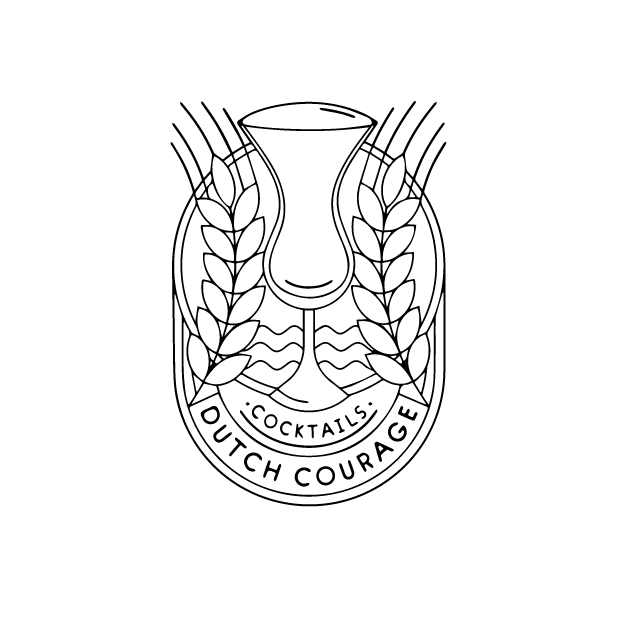A fragrant treasure from tropical lands
Bandoeng’22 is all about the flavor, color and scent of a unique tropical plant. This is what you need to know about pandan. Pandan leaves, scientifically known as Pandanus amaryllifolius, are a staple ingredient in Southeast Asian cuisine and traditional medicine. Known for their unique aroma and versatile uses, pandan leaves add a distinctive flavor to many dishes and provide various health benefits. This article explores the origin, cultivation, and diverse applications of pandan leaves.
Origin and Cultivation
Pandan leaves originate from the tropical regions of Southeast Asia, particularly in countries like Thailand, Indonesia, Malaysia, and the Philippines. They thrive in the warm, humid climates of these areas, often found in coastal regions, swamps, and riverbanks. The pandan plant is a tropical shrub that belongs to the Pandanaceae family. It has long, narrow, blade-like leaves that grow in a spiral pattern from the plant’s stems.

Growing Conditions
Pandan plants require specific conditions to flourish.
Climate: Warm temperatures between 25°C to 35°C (77°F to 95°F) and high humidity.
Soil: Well-draining, loamy soil rich in organic matter.
Water: Regular watering is essential, but the soil should not be waterlogged.
Sunlight: Partial shade to full sunlight.
In suitable conditions, pandan plants can grow quite rapidly, and their leaves can be harvested throughout the year. For more information about Pandan plants click here.
Culinary Uses
Pandan leaves are renowned for their sweet, floral fragrance and are often compared to vanilla in terms of their use in cooking. Here are some popular culinary applications.
Flavoring and Coloring
Rice Dishes: In Southeast Asia, pandan leaves are commonly used to flavor rice. Wrapping rice in pandan leaves or adding a few leaves to the pot infuses the grains with a subtle, sweet aroma. Dishes like nasi lemak and nasi kuning often feature pandan-flavored rice.
Desserts: Pandan leaves are a key ingredient in many traditional desserts. Pandan extract or juice, obtained by blending the leaves with water and straining, is used to flavor and color sweets such as pandan cake, pandan chiffon cake, and various types of kueh (a type of Southeast Asian snack or dessert). These desserts all have the distinguished green color.
Beverages: Pandan leaves are used to make refreshing drinks (with or without alcohol), like pandan iced tea, pandan juice or Pandan Colada. They have a green hue and are often combined with other ingredients like coconut milk or lemongrass. Bandoeng’22 is a pandan liqueur made in the Netherlands and can be used to make all kinds of Asian-styled cocktails and desserts.
Wrapping and Steaming
Pandan leaves are also used as natural wrappers for steaming or grilling foods. The leaves impart their unique flavor to the food and help retain moisture. For example:
Pandan-Wrapped Chicken: A popular Thai dish where marinated chicken pieces are wrapped in pandan leaves and then grilled or deep-fried.
Sticky Rice: In some cultures, sticky rice is wrapped in pandan leaves and steamed, resulting in a fragrant and flavorful dish.
Medicinal and Household Uses
Beyond the kitchen, pandan leaves have been traditionally used in folk medicine and as natural air fresheners.
Medicinal Benefits
Pandan leaves are believed to have several health benefits, including:
Anti-inflammatory Properties: Pandan leaves can be used to relieve minor burns and wounds due to their cooling effect.
Pain Relief: In traditional medicine, pandan leaf extract is sometimes used to alleviate pain, such as headaches or arthritis.
Digestive Aid: Consuming pandan-infused water or tea can help in easing digestive issues like bloating and indigestion.
Household Uses
Air Fresheners: Due to their pleasant fragrance, pandan leaves are often used as natural air fresheners. Simply tying a bunch of leaves together and placing them in a room can help neutralize odors.
Insect Repellent: Some people use pandan leaves to repel insects, particularly cockroaches. The strong scent of the leaves is believed to deter pests.
Conclusion
Pandan leaves are a versatile and fragrant ingredient that play an essential role in Southeast Asian cuisine and culture. From flavoring rice and cocktails to offering medicinal benefits and freshening up homes, pandan leaves are truly a tropical treasure. Whether you are an adventurous cook, bartender looking to explore new flavors or someone interested in natural remedies, pandan leaves are worth adding to your repertoire.
About Bandoeng’22
Bandoeng’22 is a multi-award-winning liqueur with the distinguished taste, scent and color of pandan. Established in 2019, it’s made in the Netherlands and is a tribute to our Dutch-Indonesian heritage. Bandoeng’22 is the liqueur to give cocktails and desserts an Asian twist.

























